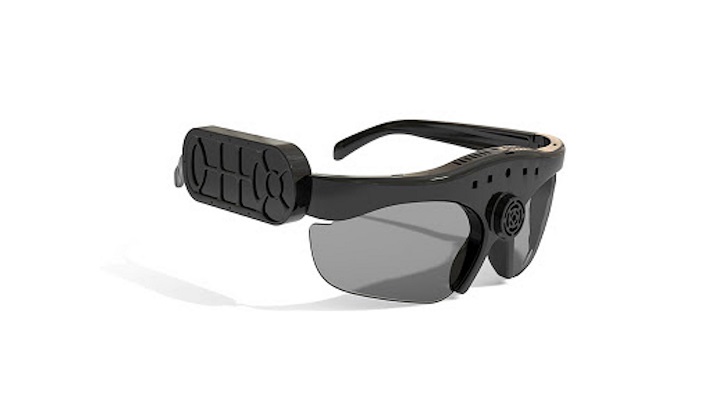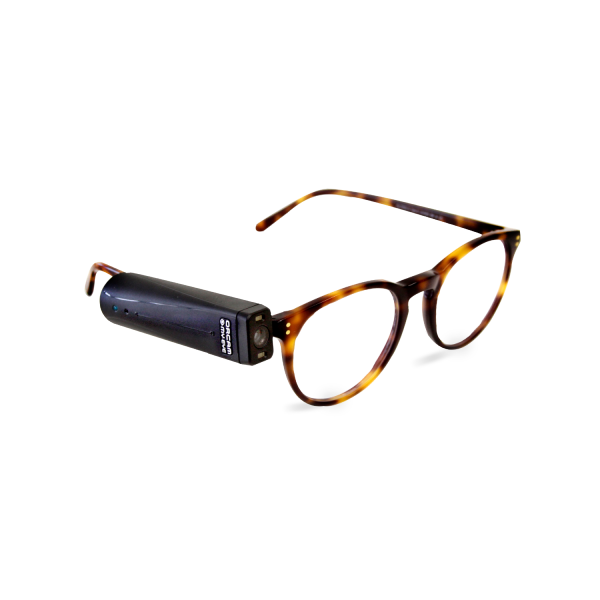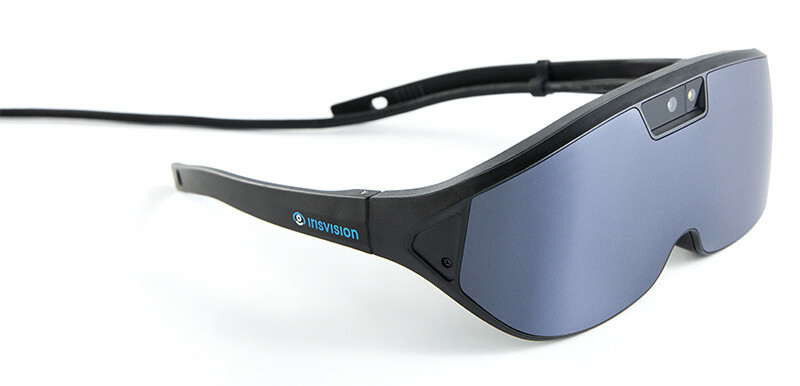Enhancing Accessibility Via Assistive Modern Technology for the Blind
The combination of assistive modern technology for the blind stands for a critical development in ease of access, essentially altering just how people navigate their settings and engage with society. From display visitors to innovative clever walking sticks, these devices not just enhance freedom however also advertise inclusivity in different spheres of life. As we discover the diverse sorts of assistive devices and their substantial influence on daily living, it comes to be necessary to analyze how recurring technological innovations are reshaping the landscape of assistance for the blind neighborhood. What ramifications do these developments hold for the future of availability?
Summary of Assistive Innovation
Assistive modern technology refers to a series of tools and software application made to boost the abilities of individuals with disabilities, including those that are visually damaged or blind. This technology plays a critical function in advertising self-reliance and boosting the lifestyle for individuals. By providing alternative methods for accessing information and doing everyday tasks, assistive technology equips individuals to navigate their environments better.
The growth and execution of assistive modern technology welcome a selection of concepts aimed at cultivating accessibility. These concepts consist of user-centered layout, which prioritizes the needs and preferences of the person, and the assimilation of innovation right into day-to-day tasks. Such improvements guarantee that assistive devices are not just practical yet also instinctive and simple to make use of.
Moreover, assistive innovation encompasses a diverse spectrum of remedies, from low-tech choices like magnifiers to modern innovations such as display visitors and Braille displays. The continuous evolution of this field is driven by the demand to attend to the distinct challenges encountered by people with visual impairments (Wearable technology for low vision). As modern technology continues to advance, the capacity for enhancing availability and promoting inclusivity remains appealing, ultimately adding to a more equitable culture

Sorts Of Assistive Gadgets
Countless types of assistive tools are available to sustain people that are visually impaired or blind, each created to attend to specific requirements and obstacles. These devices can be broadly classified into three major types: low-tech, mid-tech, and state-of-the-art solutions.
Low-tech tools include products such as magnifiers, Braille tags, and responsive maps. These are reasonably basic tools that improve the customer's ability to engage with their setting without needing intricate technology.
Mid-tech gadgets commonly entail advanced features, such as digital magnifiers and mobile Braille note-takers. These tools can offer performances like speech outcome, enabling users to access information a lot more efficiently.

Effect On Daily Living
The accessibility of various assistive gadgets considerably boosts the lifestyle for people who are blind or visually damaged, affecting their day-to-day living in profound means. By integrating technologies such as display visitors, Braille displays, and audio summary services right into their regimens, individuals acquire greater freedom and independence. These tools help with access to details, making it possible for people to perform everyday tasks, such as checking out e-mails, navigating public rooms, and delighting in media web content.
Moreover, assistive devices encourage people to involve even more totally in social interactions and neighborhood activities. The ability to make use of smart devices outfitted with ease of access functions enables for seamless communication and connection with others. This connectivity fosters a sense of belonging and decreases feelings of seclusion.
In expert settings, assistive technology supports efficiency by permitting individuals to complete work jobs efficiently. Devices like voice acknowledgment software program and specialized magnifying tools make it possible for users to take part in the workforce on equivalent footing with their sighted peers.

Innovations in Modern Technology
Current technical developments have actually dramatically transformed the landscape of devices readily available for people who are blind or aesthetically damaged. The combination of fabricated intelligence (AI) and artificial intelligence has actually given rise to applications that improve navigation and things recognition. Smart device applications can check that now use AI to identify and define environments in real-time, providing users with valuable contextual details.
Furthermore, developments in haptic modern technology have brought about the development of wise canes geared up with sensing units that spot obstacles and provide responsive feedback. This equips customers to browse their atmosphere with increased confidence and independence. Additionally, developments in text-to-speech software application and braille screens have boosted the access of digital web content, enabling smooth communication with various media.
Wearable innovations, such as clever glasses, are also making strides in helping visual impairment. As innovation continues to advance, the capacity for also more transformative tools continues to be on the horizon.
Future Trends and Innovations
As modern technology rapidly progresses, the future of assistive devices for individuals that are blind holds enormous assurance. Innovations in man-made intelligence (AI) and maker discovering are positioned to reinvent the way blind customers connect with their settings. For example, AI-driven applications are being established to improve things recognition, allowing individuals to determine and browse their surroundings with greater simplicity and accuracy.
In addition, improvements in haptic feedback technology are making it possible for the production of responsive maps and navigation help that provide real-time details with touch. These innovations not only enhance flexibility but additionally foster freedom. In addition, wearable tools furnished with enhanced truth (AR) functions are arising, using customers aesthetic details via sound descriptions, therefore linking the void in between the physical and electronic worlds.
Furthermore, the combination of wise home modern technology provides new opportunities for availability, enabling individuals to manage their living atmospheres through voice commands or smartphone applications. As collaboration between technology designers and the blind area proceeds, the concentrate on user-centered design will make sure that future innovations are tailored to fulfill the one-of-a-kind needs of this populace (Wearable technology for low vision). The trajectory of assistive technology promises a much more empowering and comprehensive future for individuals who are blind
Final Thought
In conclusion, assistive technology plays an essential function in boosting ease of access for individuals with aesthetic problems. The diverse variety of gadgets, including display viewers and wise walking canes, significantly improves everyday living and promotes my company self-reliance. Constant advancements in modern technology and user-centered design make sure that these devices provide efficiently to the one-of-a-kind requirements of the blind neighborhood. As doctor of optometry degree requirements advancements progression, increased inclusivity and empowerment can be prepared for, eventually enhancing the top quality of life for those influenced by aesthetic problems.
The assimilation of assistive innovation for the blind stands for a pivotal innovation in ease of access, basically changing exactly how people browse their environments and engage with society.Assistive technology refers to a variety of devices and software designed to boost the capacities of people with impairments, consisting of those who are visually damaged or blind. Wearable technology for low vision.As technology rapidly advances, the future of assistive tools for people that are blind holds immense pledge. The trajectory of assistive innovation guarantees a more comprehensive and empowering future for individuals who are blind
In conclusion, assistive innovation plays a critical duty in improving ease of access for individuals with visual problems.